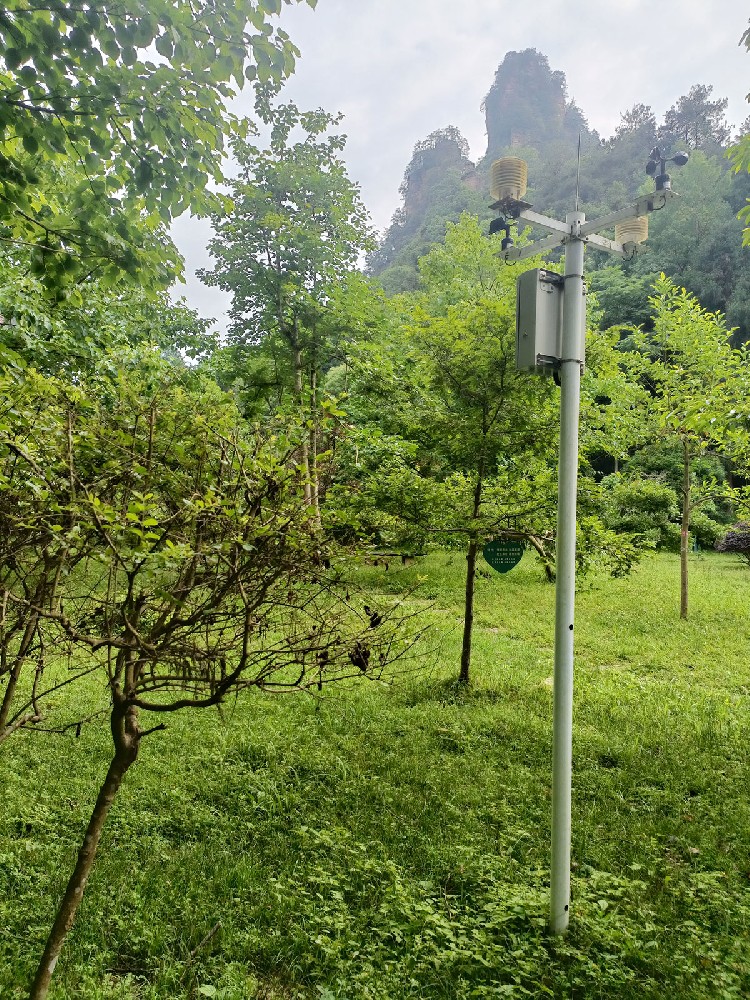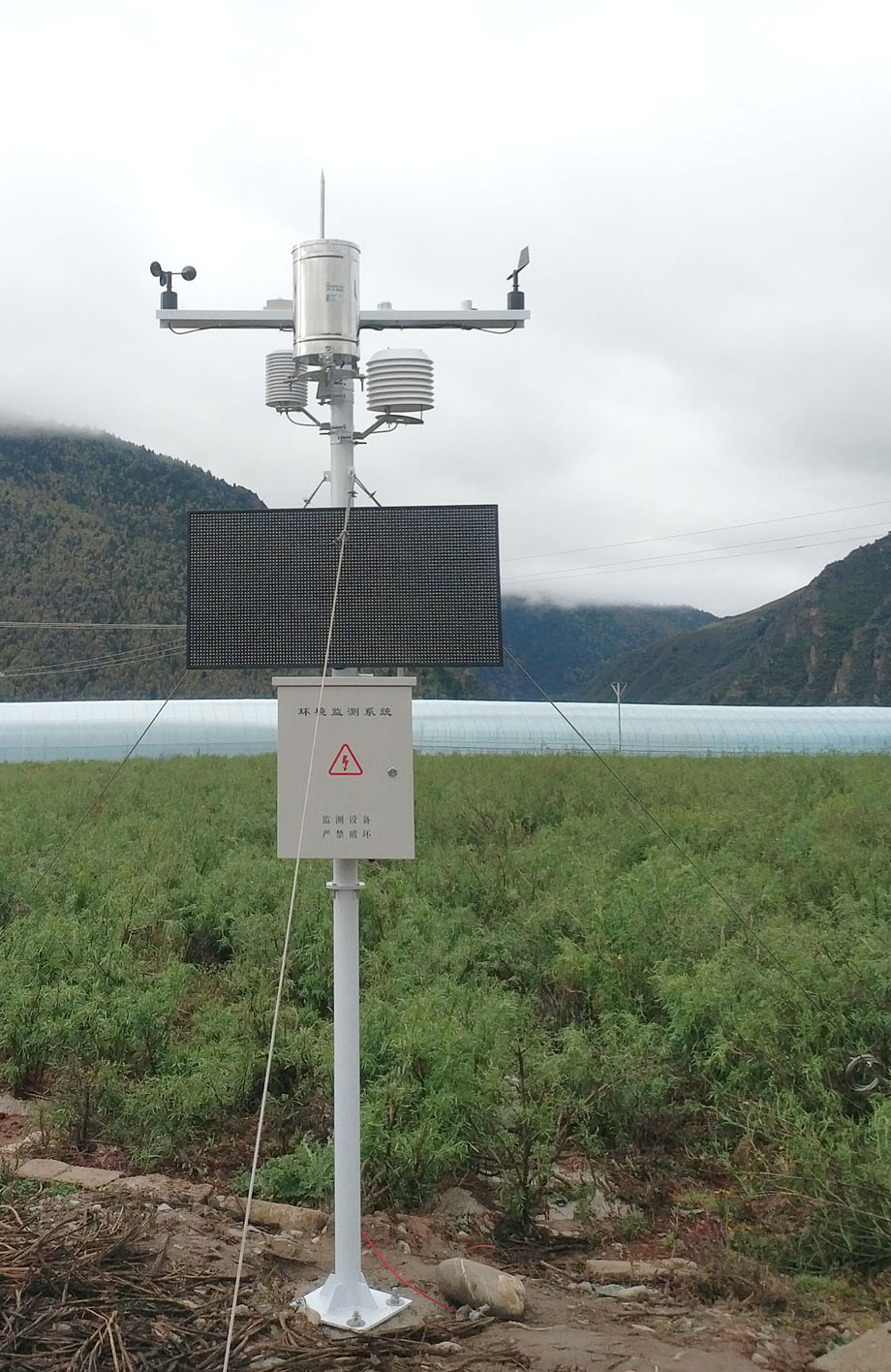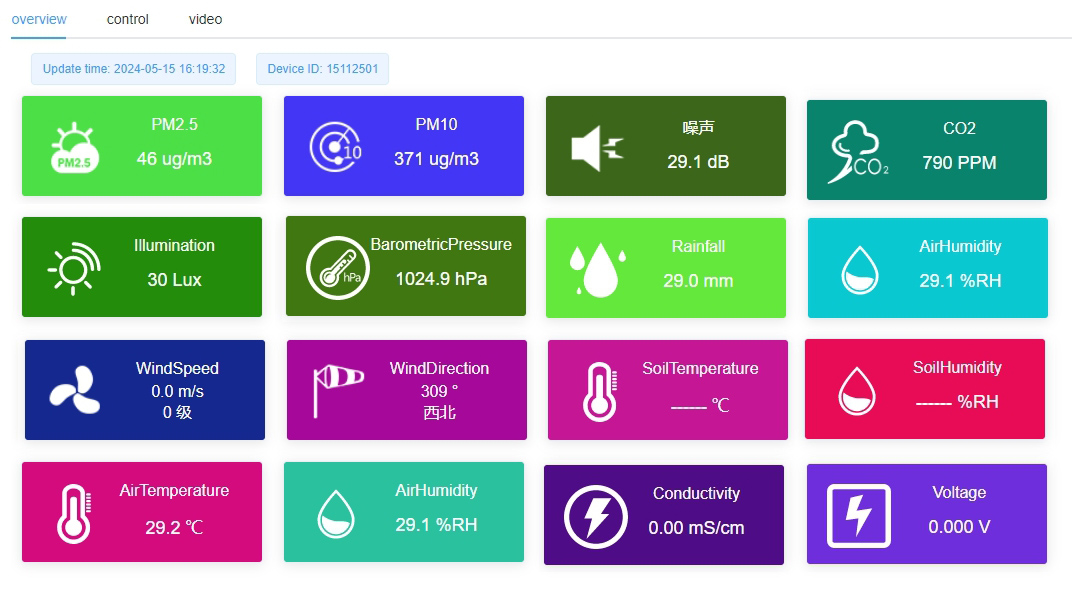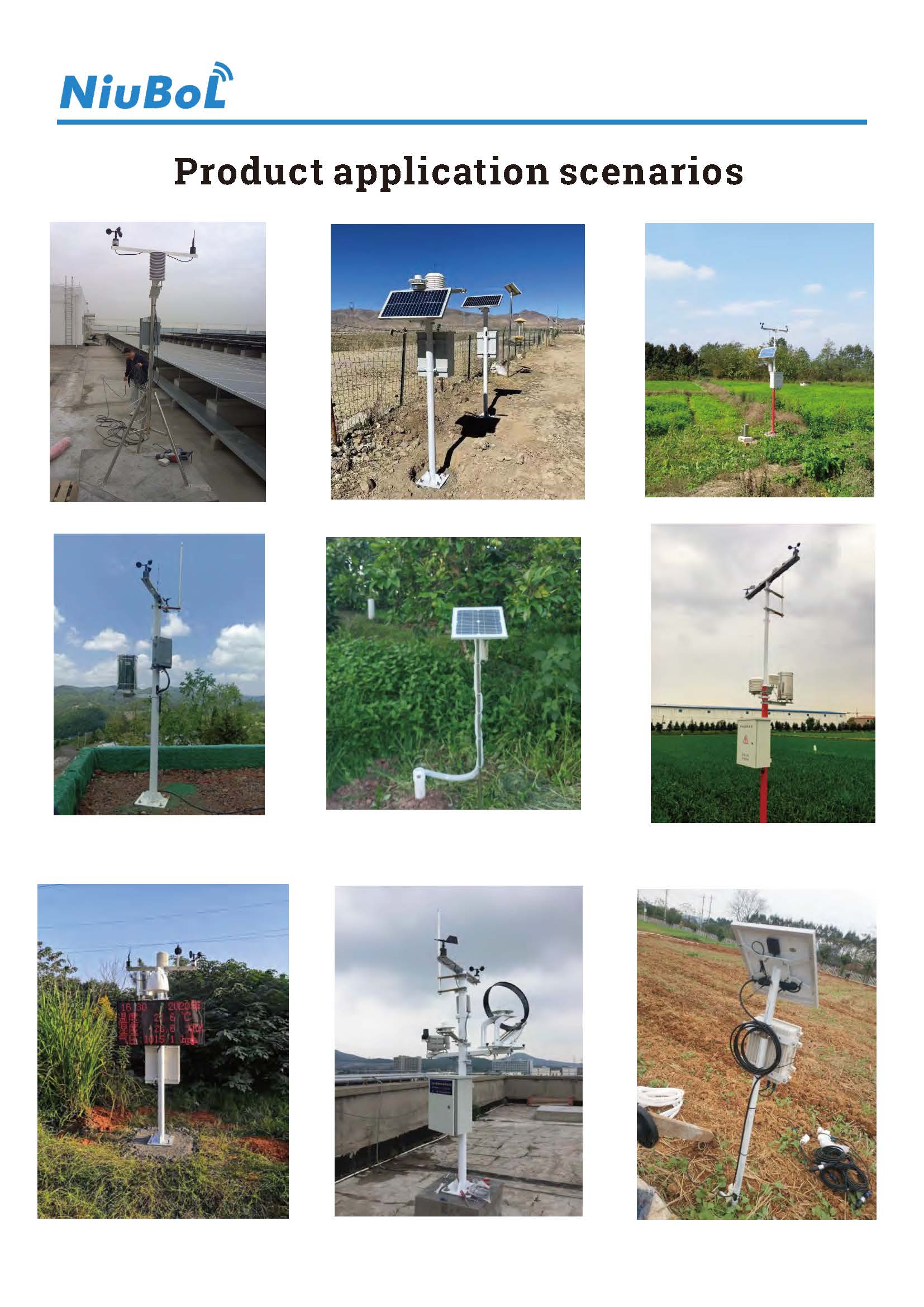

— Blogs —
—Products—
 Consumer hotline +8618073152920
Consumer hotline +8618073152920 WhatsApp:+8615367865107
Address:Room 102, District D, Houhu Industrial Park, Yuelu District, Changsha City, Hunan Province, China
Product knowledge
Time:2025-04-01 17:14:58 Popularity:80
In today's rapidly advancing technology landscape, accurate and timely weather forecasts are crucial for agricultural production, urban management, transportation, and daily life. With the progress of the Internet of Things (IoT), sensor technology, and data analysis capabilities, small meteorological stations are gradually gaining attention as a new force in the field of weather observation. These stations are becoming essential for precise monitoring and data collection. This article will explore the definition, functions, applications, and unique advantages of small meteorological stations.
A small meteorological station is a compact and flexible weather monitoring system. It integrates various high-precision sensors that can measure and record key parameters such as temperature, humidity, atmospheric pressure, wind speed, wind direction, and rainfall. Some models can also monitor additional data, such as ultraviolet (UV) radiation or soil moisture, depending on the application requirements.
The data collected by these sensors is transmitted to the cloud platform or a local data center in real time through wireless technologies such as Wi-Fi or cellular networks. Users can check and analyze the data anytime via mobile apps or web interfaces. This makes it an ideal choice for both professionals and enthusiasts.
The core of a small meteorological station lies in its combination of sensors and data processing units:
- Temperature and Humidity Sensors: Measure the warmth and moisture content of the air.
- Barometer: Tracks atmospheric pressure changes to predict weather trends.
- Anemometer and Wind Vane: Record wind speed and direction.
- Rain Gauge: Measures rainfall amounts.
These components send data to a central collection module, which automatically records and wirelessly transmits the data to a receiving end. The automated design ensures continuous operation without manual intervention while maintaining portability and ease of use.

Due to its flexibility, small meteorological stations shine in several fields:
Farmers use them to monitor weather conditions in the fields—such as temperature, rainfall, and humidity—to scientifically arrange irrigation, fertilization, and pest control. Choosing the optimal sowing or harvesting time can significantly improve crop yield and quality, driving the development of precision agriculture.
Deploying multiple small meteorological stations across a city allows administrators to collect detailed local data for infrastructure planning, flood early warning, and environmental monitoring. This comprehensive coverage enhances urban safety and sustainability.

Installing small meteorological stations on highways, airports, or ports enables real-time monitoring of changes in wind speed, rainfall, or visibility. This data provides early warnings to drivers, pilots, and ship captains, reducing traffic accidents and delays caused by weather.
Schools and universities use them as teaching tools, allowing students to observe weather phenomena up close. Researchers analyze the data to study climate patterns or local microclimates, while enthusiasts explore the mysteries of meteorology.
In the marine sector, small meteorological stations help track climate changes that affect marine ecosystems. In aviation, they provide critical weather information for aircraft takeoffs and landings, ensuring safe and efficient operations.

How do small meteorological stations differ from traditional equipment? Here are some of their key features:
- Portability and Flexibility: Small in size and lightweight, they are easy to carry and install, suitable for various scenarios from backyards to remote mountain areas.
- High Precision and Real-time Data: Advanced sensors provide accurate data, updated in real-time to meet urgent needs.
- Low Cost and Easy Maintenance: Affordable, with features such as automatic calibration and remote maintenance, reducing operational costs.
- Cloud Connectivity: Data is stored in the cloud, enabling remote access and team collaboration, improving efficiency.
Broader Significance
Weather influences agricultural production, transportation efficiency, energy use, and disaster prevention. Small meteorological stations provide critical data support to address these challenges. They help:
- Precision Forecasting: Historical data improves the accuracy of weather predictions.
- Disaster Early Warning: Detecting storms or floods in advance helps protect lives and property.
- Sustainable Decision-making: Providing insights for water resource and energy management.
With the development of IoT and smart technologies, these stations will become more deeply integrated into urban grids or agricultural systems, bringing even greater value.

For global users, small meteorological stations offer both practicality and innovation. They are not just tools but enablers—helping farmers increase yields, cities become smarter, and researchers uncover natural laws. Their reasonable price and ease of use make professional-level monitoring accessible to more people.
In the future, as analytics become faster, sensors more comprehensive, and applications more intelligent, the influence of these stations will continue to grow. Whether you are a farmer, planner, or learner, it will always provide valuable weather insights, anytime and anywhere.

Small meteorological stations are reshaping the way we observe and respond to weather. Small yet powerful, they provide accurate data for agriculture, transportation, education, and other sectors. As technology advances, they will play an even more important role in the world of weather sensing. For users seeking reliable and convenient weather monitoring solutions, this small device proves that great things don't have to come in large packages.
Prev:Campus Meteorological Stations: Intelligent Window Connecting Nature and Education
Next:Role and advantages of photovoltaic automatic weather stations
Related recommendations
Sensors & Weather Stations Catalog
Agriculture Sensors and Weather Stations Catalog-NiuBoL.pdf
Weather Stations Catalog-NiuBoL.pdf
Related products
 Combined air temperature and relative humidity sensor
Combined air temperature and relative humidity sensor Soil Moisture Temperature sensor for irrigation
Soil Moisture Temperature sensor for irrigation Soil pH sensor RS485 soil Testing instrument soil ph meter for agriculture
Soil pH sensor RS485 soil Testing instrument soil ph meter for agriculture Wind Speed sensor Output Modbus/RS485/Analog/0-5V/4-20mA
Wind Speed sensor Output Modbus/RS485/Analog/0-5V/4-20mA Tipping bucket rain gauge for weather monitoring auto rainfall sensor RS485/Outdoor/stainless steel
Tipping bucket rain gauge for weather monitoring auto rainfall sensor RS485/Outdoor/stainless steel Pyranometer Solar Radiation Sensor 4-20mA/RS485
Pyranometer Solar Radiation Sensor 4-20mA/RS485
Screenshot, WhatsApp to identify the QR code
WhatsApp number:+8615367865107
(Click on WhatsApp to copy and add friends)